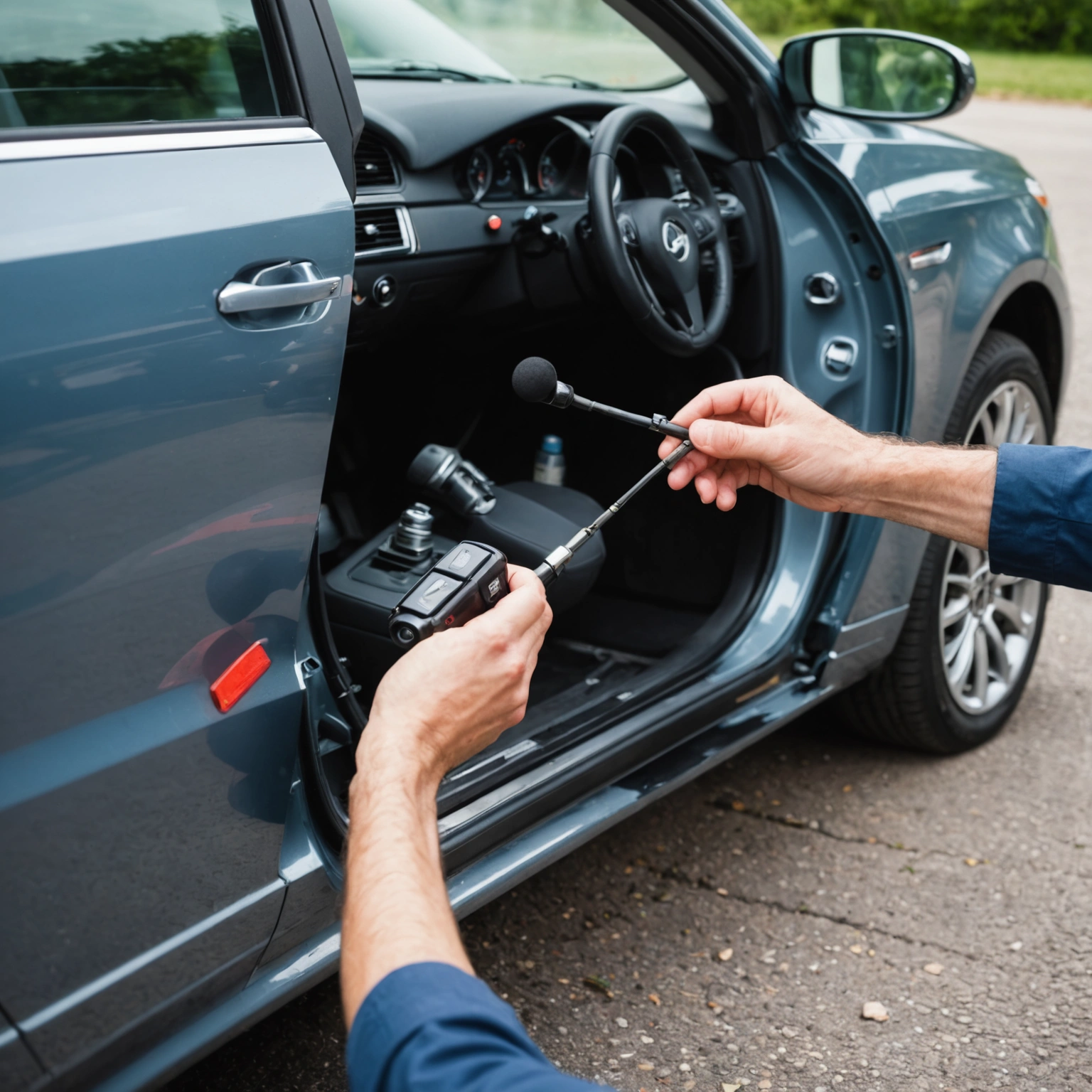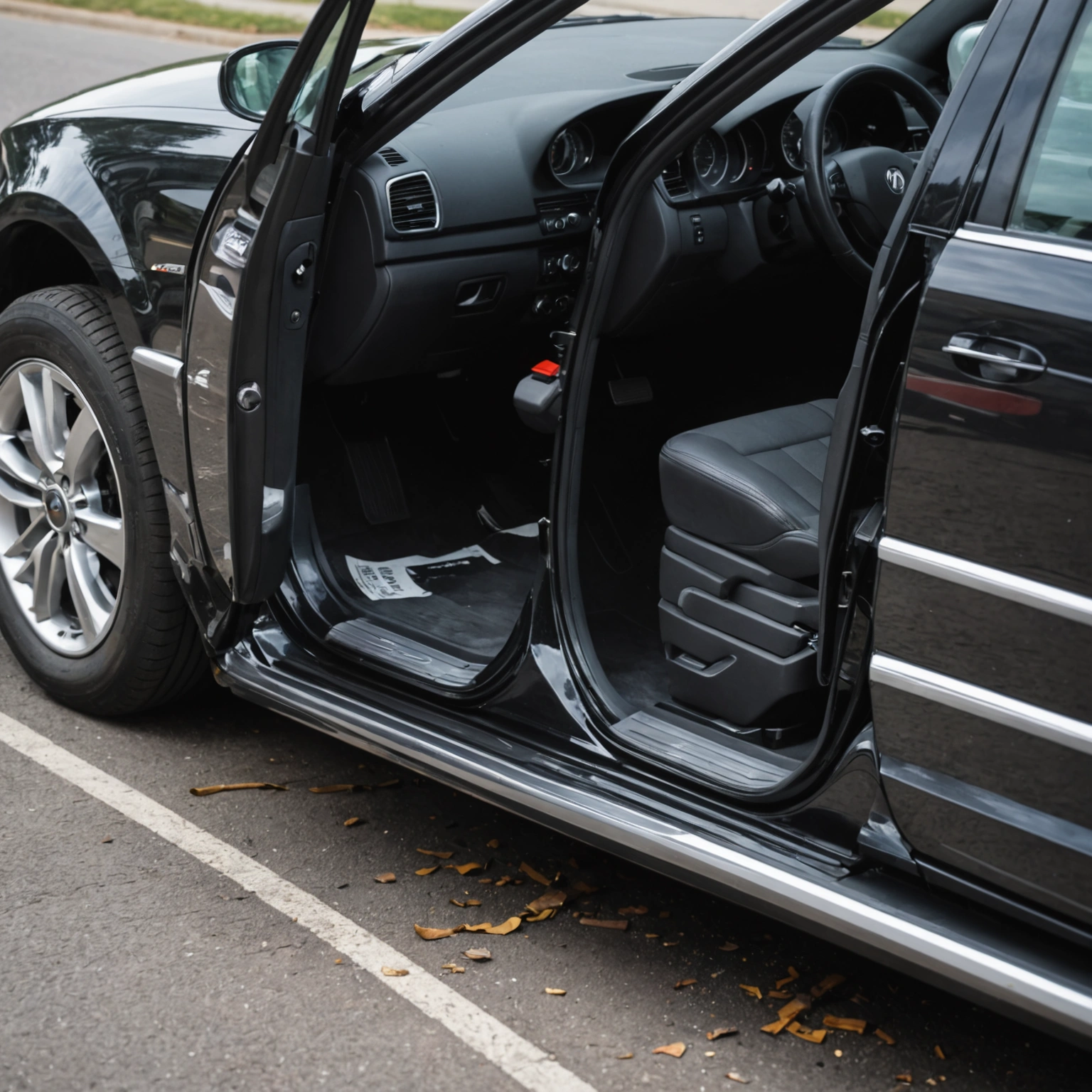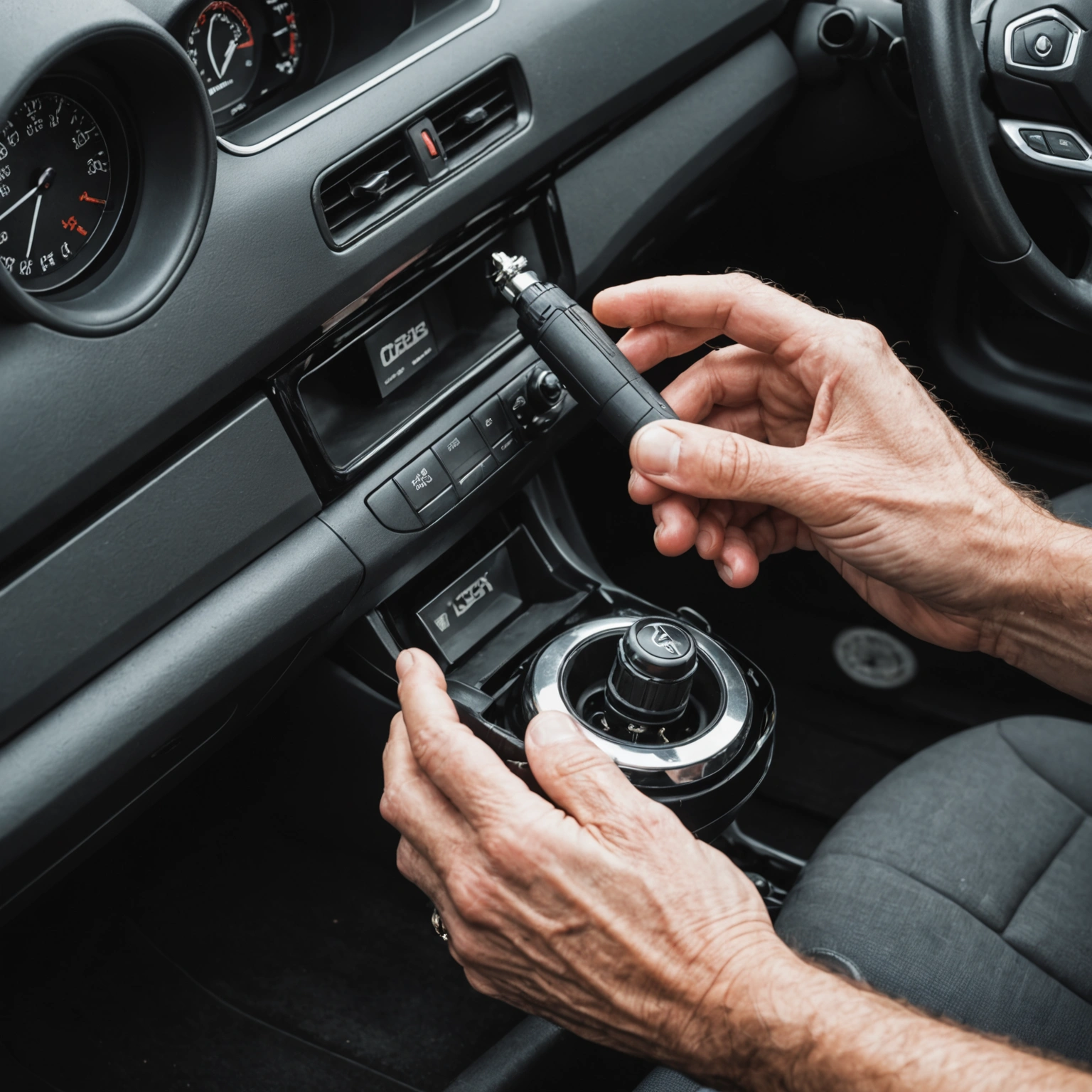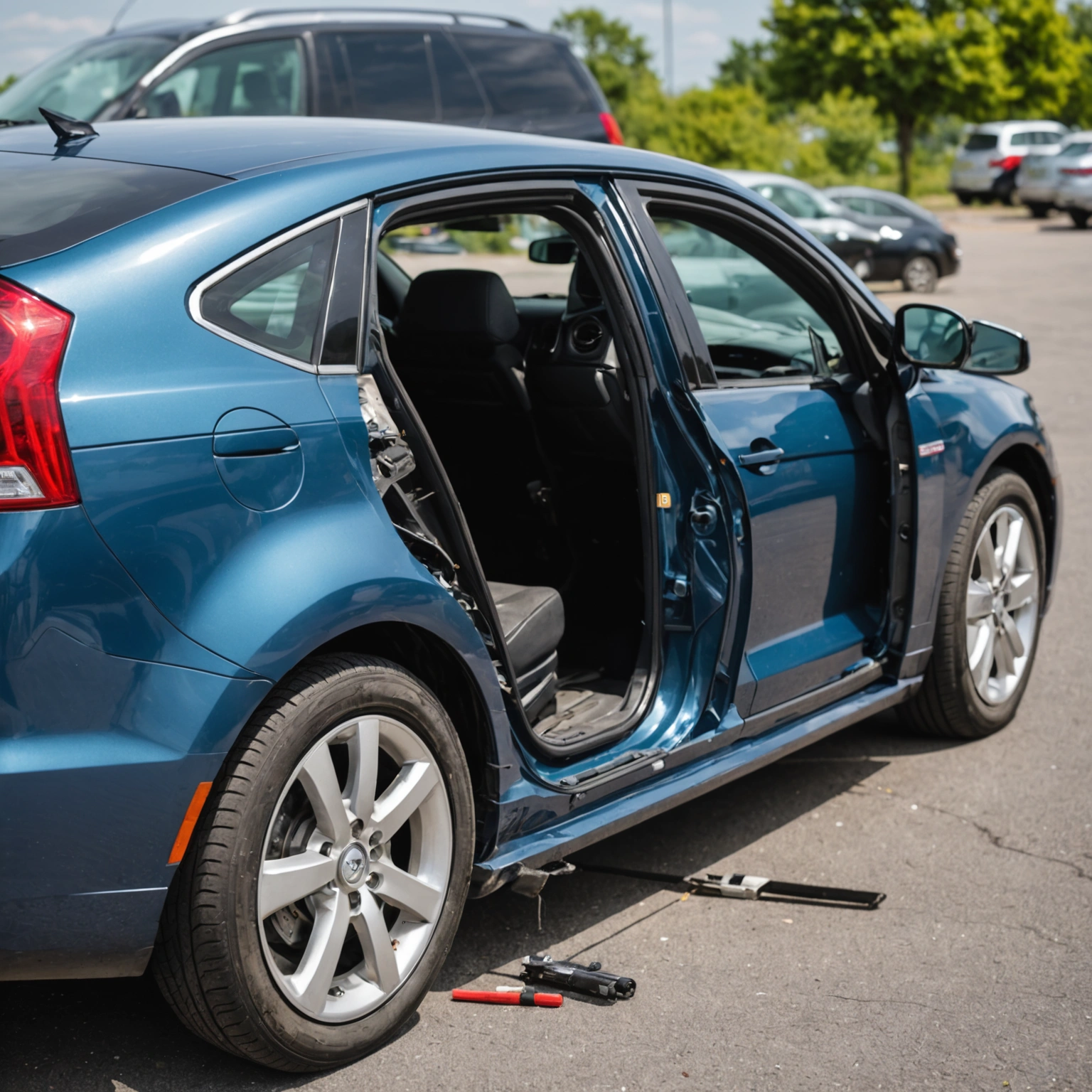**Why Does My Car Door Shock Me? Understanding and Preventing Electric Shocks**
Have you ever reached out to open your car door and received an unexpected shock? That surprising jolt can be both startling and concerning. If you’re wondering why your car door shocks you, you’re not alone. This phenomenon is actually quite common and is usually related to static electricity buildup. Let’s explore the causes, how to prevent it, and when to seek professional advice.

### What Causes the Shock When Touching Your Car Door?
The primary reason behind the electric shock is static electricity. Static electricity builds up on your body due to friction with certain materials and environmental conditions. When you touch your car door—often made of metal—the built-up static charge discharges suddenly, resulting in a small static shock.

**Key factors contributing to static shocks include:**
– **Clothing Materials:** Synthetic fabrics like polyester and nylon tend to generate more static electricity through friction.

– **Weather Conditions:** Dry, cold air (common in winter) is a poor conductor of electricity and encourages static buildup.
– **Car Interior and Exterior Materials:** Carpets, seat fabrics, and even the car’s paint or rubber seals can influence static charge accumulation.

– **Footwear:** Rubber-soled shoes can insulate you from ground, increasing static buildup.
### Why Is Static Electricity More Common in Certain Conditions?
– **Dry Air:** Low humidity levels allow static charges to build up more easily. During winter or in dry climates, shocks are more frequent.
– **Friction:** Getting in and out of the car repeatedly, especially on carpets or seat fabrics, can increase static buildup.
– **Modern Materials:** Some newer car interior materials and clothing fabrics tend to produce more static electricity.
### How to Prevent or Minimize Car Door Shocks
While static shocks are generally harmless, they can be annoying. Here are some practical tips to reduce or prevent shocks:
1. **Use an Anti-Static Spray:** Applying an anti-static spray to your car seats and interior surfaces can help dissipate static buildup.
2. **Change Your Clothing:** Wearing natural fibers like cotton instead of synthetic fabrics reduces static generation.
3. **Touch a Grounded Metal Object:** Before opening your car door, touch a grounded metal object (like a metal part of your house or a metal key) to discharge static safely.
4. **Use a Fabric Softener or Dryer Sheet:** Rubbing a dryer sheet over your car seats or clothes can help reduce static buildup.
5. **Increase Humidity:** Using a humidifier in your garage or parking area can help maintain moisture levels, reducing static electricity.
6. **Touch the Handle Gently:** Instead of grabbing the door handle abruptly, touching it gently can sometimes reduce the shock.
### When to Seek Professional Help
Most static shocks are harmless and easy to prevent. However, if you experience persistent shocks that seem unusual or are accompanied by other electrical issues (like flickering lights or irregular car behavior), it might indicate an underlying electrical problem. In such cases, it’s best to have a professional mechanic inspect your vehicle’s electrical system.
### Final Thoughts
A static shock when touching your car door is usually caused by static electricity buildup, especially in dry conditions or with certain materials. By making simple adjustments—like wearing natural fabrics, using anti-static products, and increasing humidity—you can significantly reduce the chances of getting shocked. Remember, these shocks are generally harmless, but staying vigilant ensures your safety and comfort.
If shocks persist or you suspect an electrical malfunction, consult with a qualified automotive technician to ensure your vehicle’s electrical system is in good condition.
—
**Stay safe and enjoy a shock-free driving experience!**

